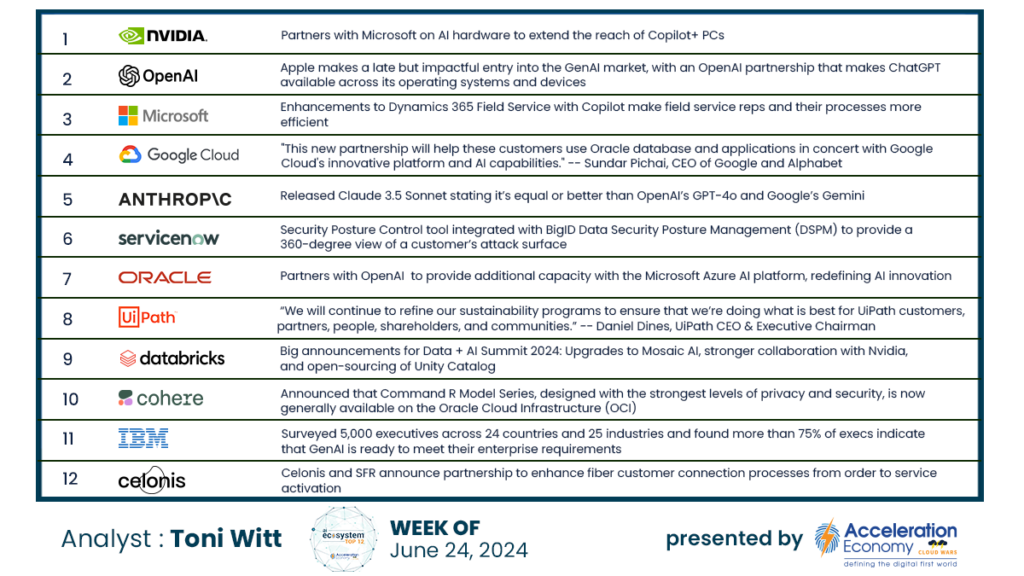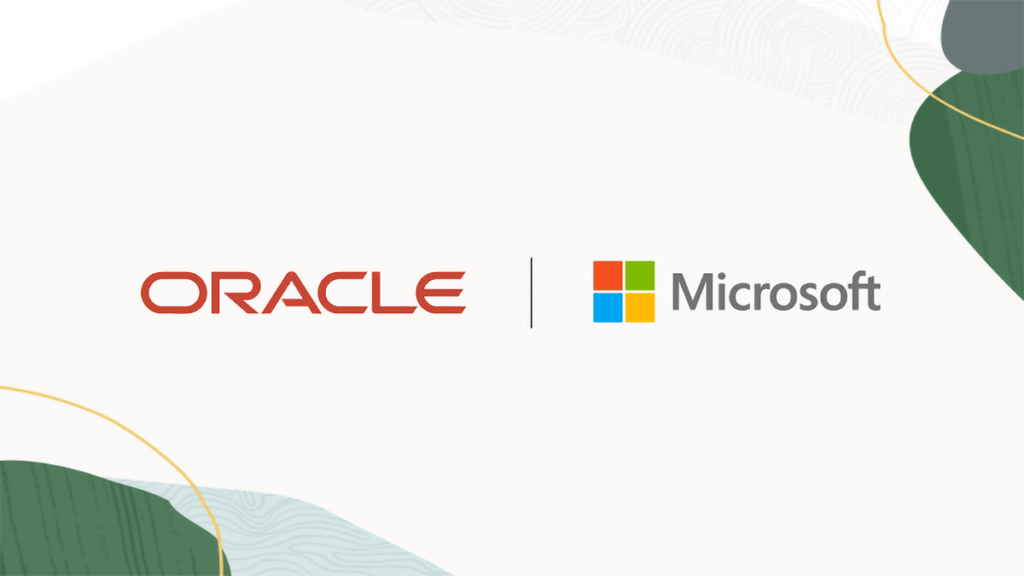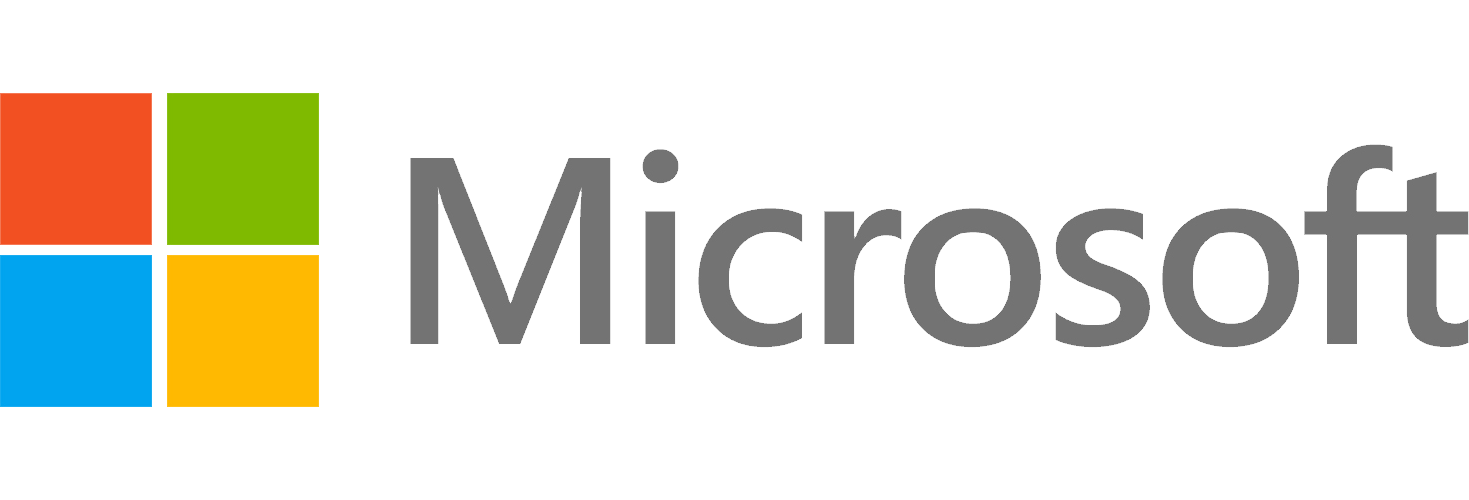
With the Oracle Autonomous Database now available on Microsoft via the Oracle Database@Azure multi-cloud partnership, customers gain access to many significant new capabilities including the opportunity to accelerate plans to shut down expensive and increasingly archaic data centers.
The general availability in the Oracle Database@Azure partnership of the Autonomous Database —a product that Oracle chairman Larry Ellison has called perhaps the most-strategic product in the company’s history — underscores Oracle’s unconditional commitment to making its databases available wherever and however customers want to use them.
Here’s how that’s playing out as part of Ellison’s vision to bulldoze the “walled gardens” that cloud vendors had tried to establish and are now looking to transcend through customer-friendly partnerships:
- this monumental expansion of the Oracle-Microsoft multi-cloud partnership;
- the recent and very ambitious Oracle Database@Google Cloud partnership (for more on that, please see “Google Cloud Database Chief Andi Gutmans: 10 Customer Benefits from Oracle Multicloud Deal“); and
- Oracle MySQL HeatWave on AWS.
In the case of Oracle and Microsoft, I’ll offer a list of the expected advantages for customers in a moment, but first want to highlight a couple of eye-popping details from the Oracle press release announcing the general availability of Autonomous Database via Oracle Database@Azure.
The first has to do with the level of interest and demand triggered by the Oracle-Microsoft partnership as revealed in this comment within that press release from Oracle Cloud Infrastructure senior vice president Karan Batta:
“Since launching Oracle Database@Azure, we’ve received incredible customer demand, which is why we responded with this strategic investment and are now offering the world’s first autonomous database to customers in Azure.”
So demand for Oracle Database@Azure hasn’t been just good or great or excellent — it has been “incredible.”
Ask Cloud Wars AI Agent about this analysis
Microsoft CEO Satya Nadella delivered pretty much the same message several months ago when, shortly after the original partnership was mentioned, he said on Microsoft’s fiscal-Q1 earnings call that the availability of Oracle Database on Azure triggered a spike in Azure revenue. From my Oct. 26 analysis headlined “Microsoft Cloud Shocker: Oracle Major Driver Behind Blowout Q1 Numbers!:
But as bullish as Ellison and Nadella were doing their conversation — which, by the way, marked Ellison’s first trip ever to the Microsoft campus — I doubt if even Nadella expected to see financial results from the extended partnership reveal themselves within a matter of weeks.
But that’s exactly what Nadella said on Microsoft’s fiscal-Q1 earnings call earlier this week. Here’s the relevant excerpt, which came in response to a question about what was behind the reacceleration of Azure growth.
“If you just take Azure and try to characterize where’s the growth for Azure coming from, or what’s sort of driving our Azure numbers, there are three things all happening in parallel,” Nadella said.
“For example, take cloud migrations. A good reminder of where we are in even the core cloud migration story is the new Oracle [multi-cloud] announcement. Once we announced that the Oracle databases are going to be available on Azure, we saw a bunch of unlock from new customers who have a significant Oracle estate that have not yet moved to the cloud because they needed to rendezvous with the rest of the app estate in one single cloud. And so we’re excited about that.”
The second comment from Oracle about the potential impact of the inclusion of Autonomous Database in the extended partnership went far beyond technical capabilities and enhanced management features and hit directly on what has been a massive contributor to technical debt for tens of thousands of businesses: running their own data centers. From the press release, here’s OCI senior VP Batta:
“With Oracle Autonomous Database, organizations can accelerate their data center exit plans and enable Azure developers to build solutions with ease.”
That’s a value proposition that’s going to get the attention of a lot of business executives who might not understand the inner workings of the Azure development world but sure as heck understand — and often obsess over — spiraling costs and related risk associated with data centers.

Beyond the possibility of putting data centers in mothballs sooner rather than later, the extended Oracle-Microsoft partnership offers a range of additional benefits, Oracle said, including faster development of Azure apps, simpler and less-costly migration of Oracle databases to the cloud, and seamless access through the Azure cloud to the world’s most-popular database.
“And you can spin up the Autonomous Database on Azure in about two minutes,” said Leo Leung, vice president of OCI product marketing, in a recent Zoom briefing about the availability of Autonomous Database on Azure.
“This could certainly appeal to smaller customers and also to developers who just want to do code and not be involved in maintaining and managing databases.”
A top priority for both Oracle and Microsoft is getting the new service “available everywhere —that’s the main thing,” he emphasized. “It’s now available in 4 of our 15 regions, and by the end of the year we want it up and running in all 15. That’s first and foremost on our agenda.”
As the pace of global business accelerates and enterprises realize they have to crank up their own operations accordingly, technical complexity and database sprawl are becoming more of an issue — and not on the positive side.
Alluding to the rise of AI and the requirements that presents to customers on the database side, Leung said, “There are some companies out there that are running 10 or even 15 different types of databases — and in today’s world, nobody wants to be managing that many.”
And while Leung himself did not specifically mention the data-center shutdown opportunity that SVP Batta cited in the press release, Leung did offer a perspective that certainly points the way to that broadly desired outcome.
“There are a lot of workloads still stuck in the past, and the availability on Azure of Autonomous Database will help change that,” Leung said.
“Think about it: to move the first 30% of all workloads to the cloud took about 20 years.
“But I think the next 30% will happen in half that time — or less.”
I’d bet on less — a whole lot less. And now that some of the world’s top cloud vendors are working together for the benefit of customers, I think that’s a pretty safe wager to make.

The AI Ecosystem Q1 2024 Report compiles the innovations, funding, and products highlighted in AI Ecosystem Reports from the first quarter of 2024. Download now for perspectives on the companies, investments, innovations, and solutions shaping the future of AI.











